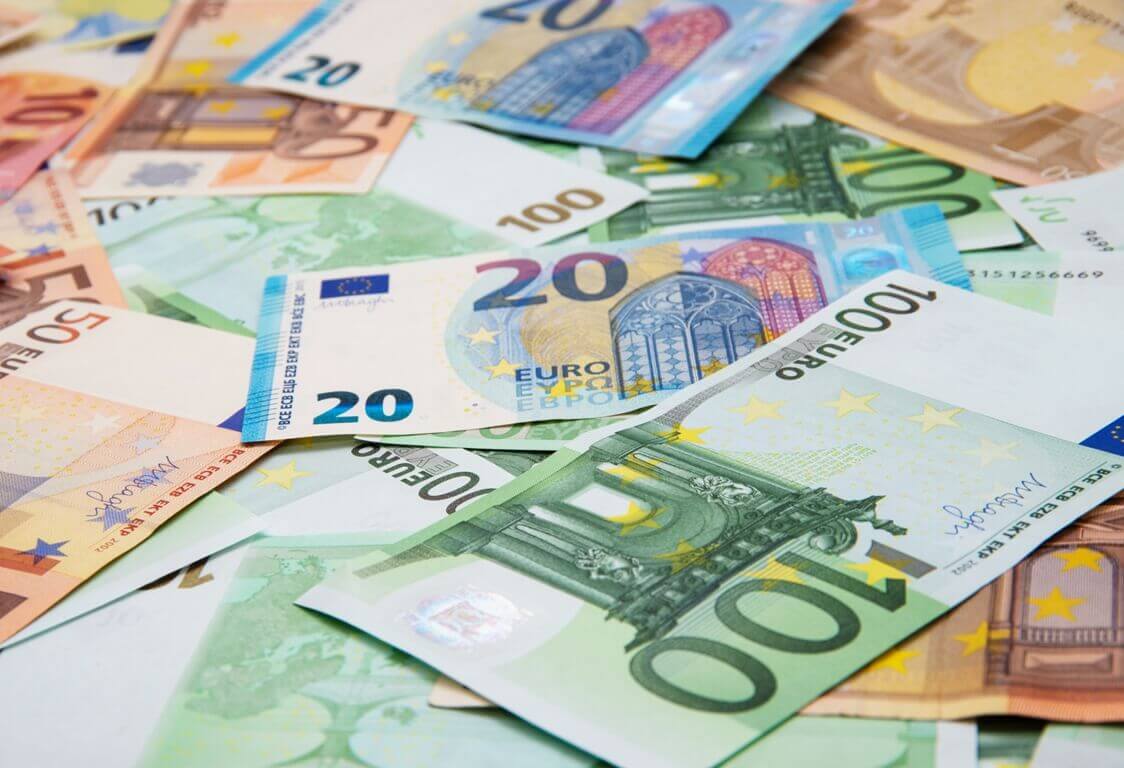On Monday, the euro surged forward while the dollar tumbled down as traders pulled capital away from safe-haven currencies. That occurred after U.S. President Joe Biden and Russian President Vladimir Putin had agreed in principle to meet to discuss the crisis in Ukraine. After losing some ground in early trade, the common currency soared by 0.5% to $1.1376. On the other hand, the dollar index plummeted down by 0.4% against major currencies.
Lee Hardman, a currency analyst at MUFG, noted that the price action reflects a combination of relief that Russia did not invade Ukraine over the weekend, as well as the announcement that Presidents Putin and Biden have accepted in principle a French proposal for a diplomatic summit. According to analysts, most financial asset classes felt hopeful that the crisis might be moving towards de-escalation. Thanks to such an optimistic mood, European stock markets opened in bullish territory. Meanwhile, the risk-friendly Australian dollar skyrocketed by 0.6% to $0.7218. The British Pound also climbed up by 0.24% to $1.3630 today.
However, safe-have currencies, which have gained due to the tensions spurred by Russia’s military build-up on Ukraine’s borders, moved on the defensive. For instance, the Swiss franc tumbled down by 0.2% against the euro. The Japanese yen also lost most of its early gains to exchange hands at 114.93 per dollar.
Even though the outcome of negotiations to find a peaceful way out of the Ukrainian crisis is uncertain thus far, economists expect more volatility ahead. Analysts at Barclays cautioned that the Forex market would probably keep chasing headlines without any clarity on the eventual outcome.
Investors await the Central banks’ decisions
Forex markets participants are currently focused on central bank policy, searching for clues on the speed and size of interest rate hikes in major markets. Traders will be closely watching remarks from U.S. Federal Reserve policymakers this week. They hope to find some hint that an expected rate hike at the Fed’s March meeting could veer more towards 50 basis points. The current consensus is for a 25 basis point increase.
On Monday, Emerging market currencies strengthened as the greenback lowered on Monday due to prospects of a summit between the U.S. and Russian leaders. The Russian rouble jumped by 0.7% after ending last week’s flat. Meanwhile, the dollar index declined by 0.3% on improving risk appetite. The broader MSCI’s emerging markets currency index edged up by 0.1%.
French President Emmanuel Macron stated that U.S. President Joe Biden and Russian President Vladimir Putin have agreed in principle to a summit over Ukraine. Despite that, satellite imagery showed Russian deployments closer to Ukraine’s border. Furthermore, sounds of fighting were heard on Monday in the east. It seems Ukrainian government forces are still fighting pro-Russian separatists. Growing strains between Russia and Ukraine have kept traders on edge, dominating asset price action for more than a week now.
Michael Hewson, the chief market analyst at CMC Markets U.K., noted that the move into positive territory only came about due to an agreement in principle for U.S. President Biden and Russian President Vladimir Putin to meet to avert a further increase of hostilities.
How did the other E.M. currencies fare?
On Monday, South Africa’s rand struggled for direction, taking cues from lowering gold prices. Local traders also awaited the 2022 budget. Finance Minister Enoch Godongwana will present it to lawmakers on Wednesday.
The Turkish lira climbed by 0.1%, while stocks in the region gained 1.3%. According to the new data, the number of foreign visitors arriving in Turkey skyrocketed 151% from a year earlier to 1.28 million in January. The sector has been recovering pandemic-induced slump since 2020.
The South Korean won and the Indian rupee also rallied on Monday. Besides, the Philippines peso and the Singaporean dollar gained by almost 0.1% each, while the Malaysian ringgit edged up marginally.
Analysts think that soaring rampant inflationary concerns have added to the pressure on Asian markets in recent weeks. Despite that, the Indian rupee added 0.3% to its highest since January 24. In addition, the Thai baht surged forward by about 0.2%, hovering near a five-month high at last. It gained thanks to a higher-than-expected economic growth report during the fourth quarter.
The South Korean won jumped by about 0.3% due to data showing that the Asian trade bellwether’s exports rallied during the first 20 days of this month.











